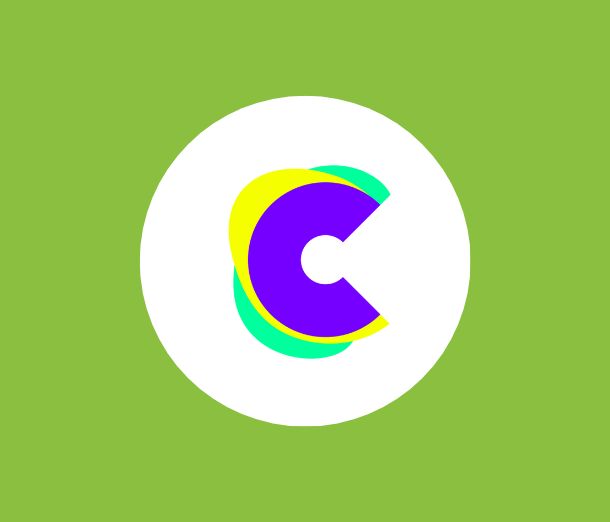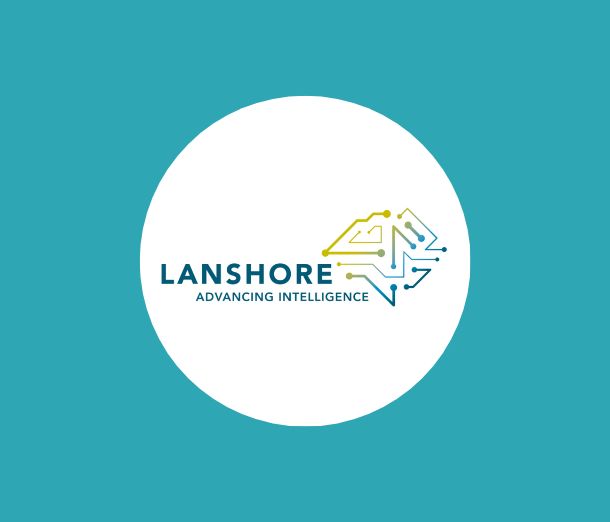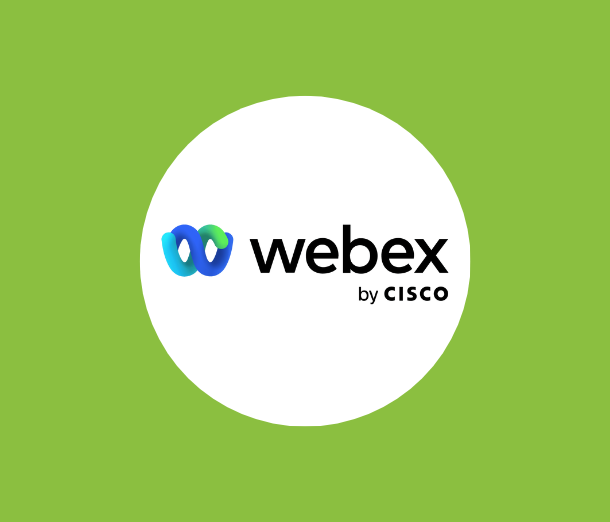7
New Page 1 ranking keywords.
2,544
Uncovered issues related to crawlability, site structure and on-page SEO.
8,231
Words written.

Before spending hours of resources on creating new content, it’s crucial to make sure that Google can crawl your site, and index your content. That’s precisely the order in which we did things for our client, e-PlanSoft.
“I feel like they’re part of the team rather than a vendor we use. Their content development is excellent.”

Paula Montoya
COO at e-PlanSoft
THE CHALLENGE
Technical & Organic SEO
e-PlanSoft is a California-based software company that provides compliance-management software for construction, architectural and engineering companies — as well as the government agencies that oversee them. Paula Montoya, COO of e-PlanSoft, was interested in building the company’s online presence. She expressed that they needed help with:
- Managing their website.
- Improving their SEO.
- Content development.
After various recommendations and selection processes, they chose Brafton to tackle this huge undertaking. Having worked with more than 230 software companies, we knew we were up to the task.
THE SOLUTION
Before we started creating content, we needed to know what was going on under the hood of e-PlanSoft’s website. As part of the digital strategy, we recommended starting with a Technical SEO Audit. This analysis reviews 91 different aspects that impact how a site is accessed by search crawlers.
We delivered a 39-page document with detailed information about errors, issues and warnings. We also made a list of suggestions and priorities to optimize their site’s structure, and to maximize their organic search visibility.
Once this was complete, we began phase 2: improving their SEO by targeting the right keywords.
We choose keywords first and foremost based on intent. When someone types a particular keyword into Google, what are they actually trying to see? You can understand this by analyzing the search results (SERP).
Search volume is the second key factor we look at: Is it meaningful enough to make a difference for your site’s traffic? Keep in mind that some higher-intent keywords often require fewer clicks to get conversions. Keyword difficulty is the third factor we evaluate: How hard is it to get on Page 1 for this keyword?
After we selected target keywords, we created a Search Performance Brief for each of them. These included an in-depth analysis of the top 20 listings for each keyword’s search engine results page (SERP).
With all this information, it was time for one of our expert writers to work their magic — specifically by taking the SEO guidance provided in each brief, and weaving into a compelling piece of written content that people get actual value from.
THE OUTCOME
‘Excellent’ Content and Page 1 Rankings
2,544
Uncovered issues related to crawlability, site structure and on-page SEO.
7
New page 1 ranking keywords.
8,231
Words written.
| Keywords | Ranking Position | Search Volume |
| bluebeam vs acrobat | 5 | 10 |
| adobe vs bluebeam | 5 | 40 |
| bluebeam vs adobe acrobat | 5 | 40 |
| bluebeam vs adobe | 5 | 150 |
| adobe acrobat vs bluebeam | 6 | 20 |
| adobe bluebeam | 6 | 10 |
| electronic plan review for government | 1 | 10 |
Here is an example of a blog post we created for e-PlanSoft. We targeted the keyword “electronic plan review for government.” This is a high-intent keyword with a search volume of 10 in the US.
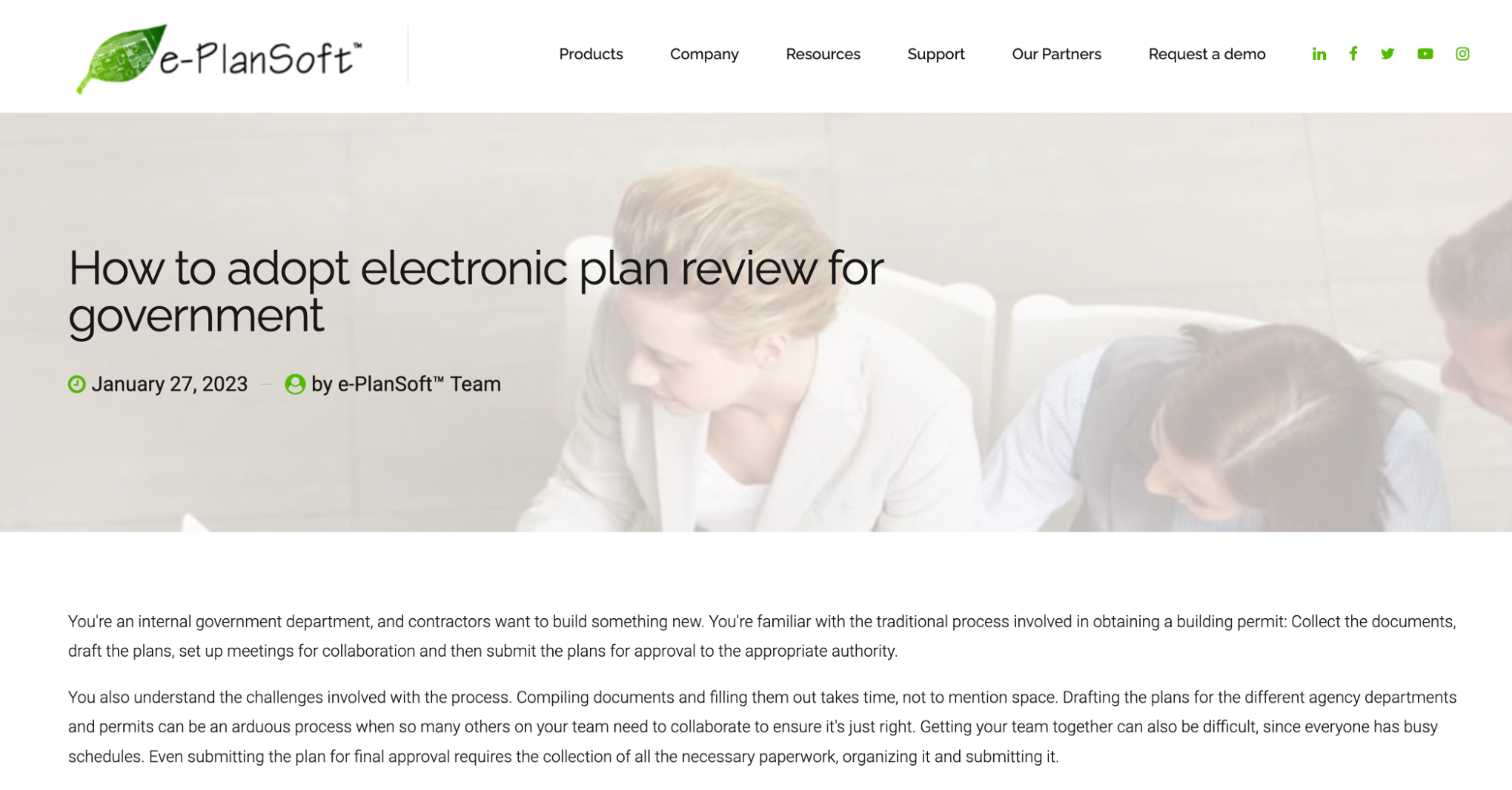
This page is ranking in Position 1 as of April 7, 2023:
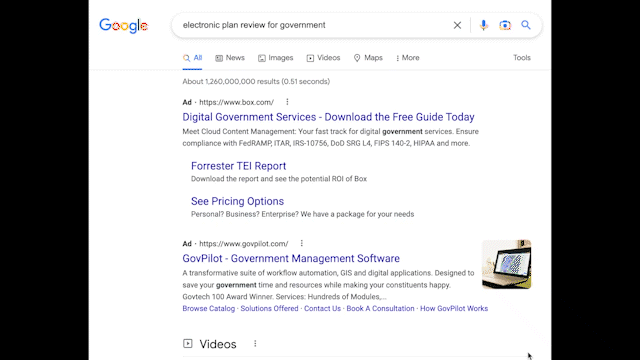
e-PlanSoft is only just starting to see the results from our work, with 7 keywords ranking on Page 1, and a working plan to tackle the issues uncovered from the website audit.
We recently posted new content, and as we determined in a previous study, it takes on average 3 months for a page to stabilize on Google search results.
As time passes, we fully expect some of that new content to achieve page 1 ranking.
More Case Studies
Helping Crews Control Think Global With Local SEO
The Perfect Content Marketing Cocktail for Lanshore
How We Made Webex’s Blog Go

